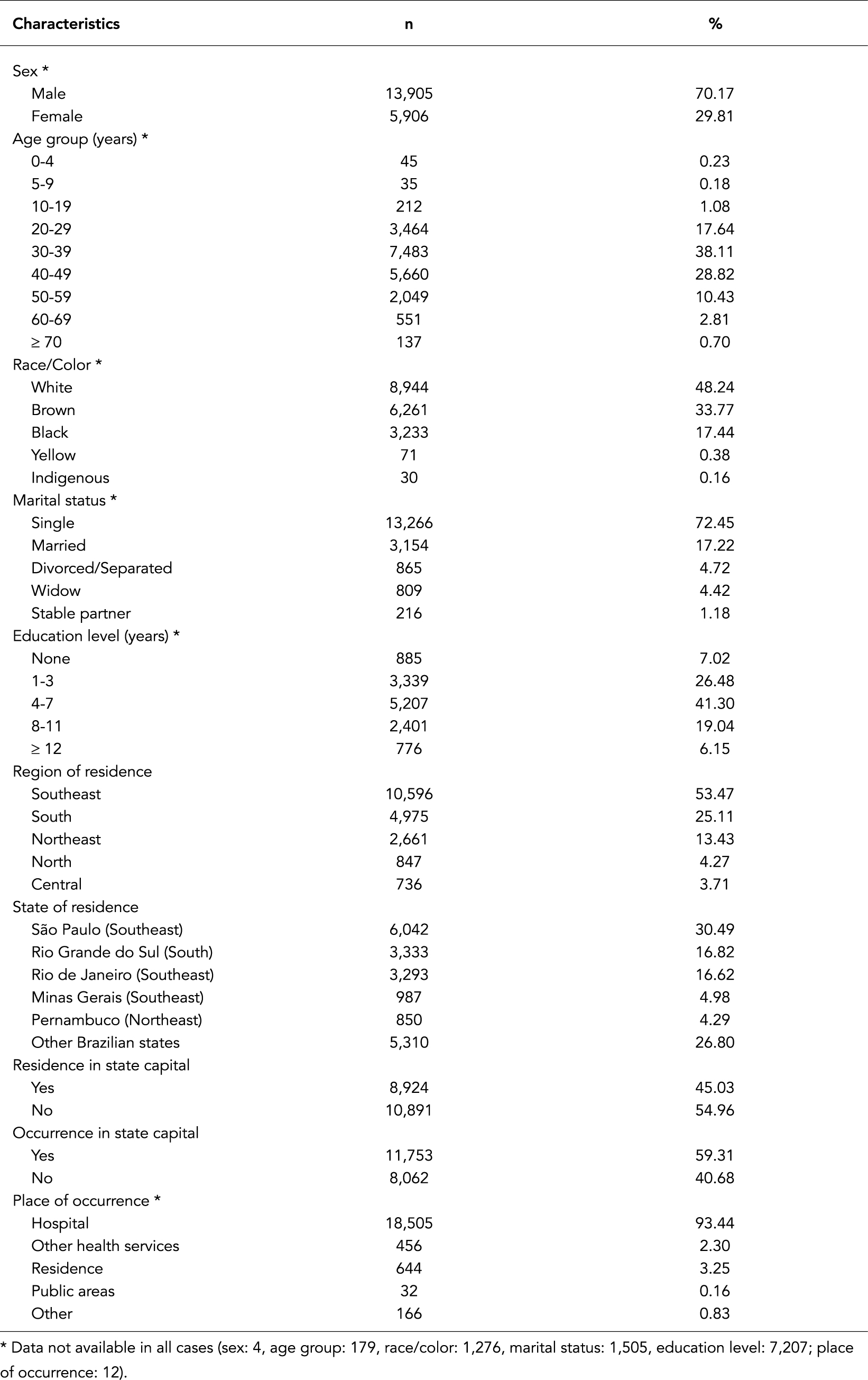Abstract:
Co-infection of tuberculosis (TB)-HIV/AIDS is a persistent public health problem in Brazil. This study describes epidemiological patterns and time trends of mortality related to TB-HIV/AIDS co-infection. Based on mortality data from 2000-2011 (almost 12.5 million deaths), 19,815 deaths related to co-infection were analyzed. The average age-adjusted mortality rate was 0.97 deaths/100,000 inhabitants. The highest mortality rates were found among males, those in economically productive age groups, black race/color and residents of the South region. There was a significant reduction in the mortality coefficient at the national level (annual average percent change: -1.7%; 95%CI: -2.4; -1.0), with different patterns among regions: increases in the North, Northeast and Central regions, a reduction in the Southeast and a stabilization in the South. The strategic integration of TB-HIV/AIDS control programmes is fundamental to reduce the burden of mortality related to co-infection in Brazil.
Keywords:
Tuberculosis; HIV; Acquired Immunodeficiency Syndrome; Time Series Studies

 Thumbnail
Thumbnail
 Thumbnail
Thumbnail




